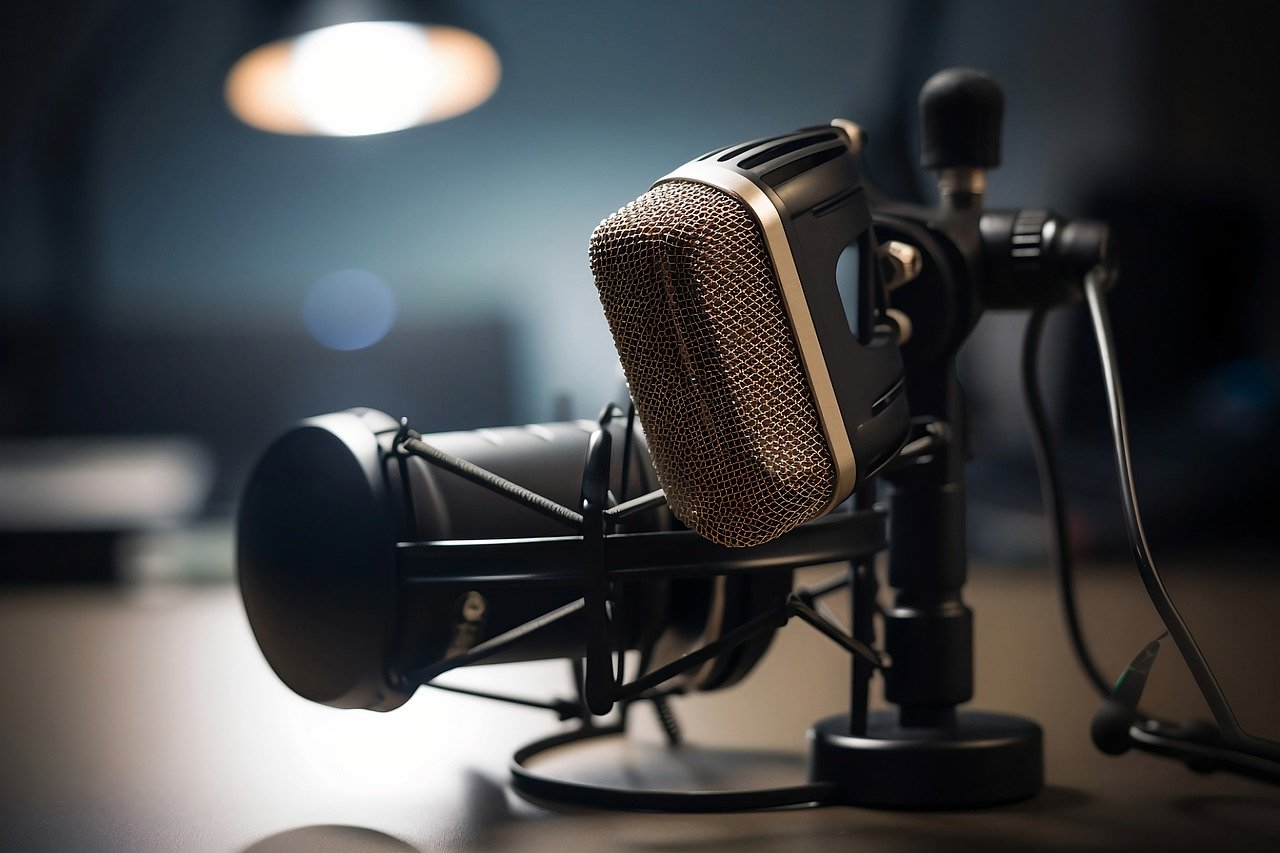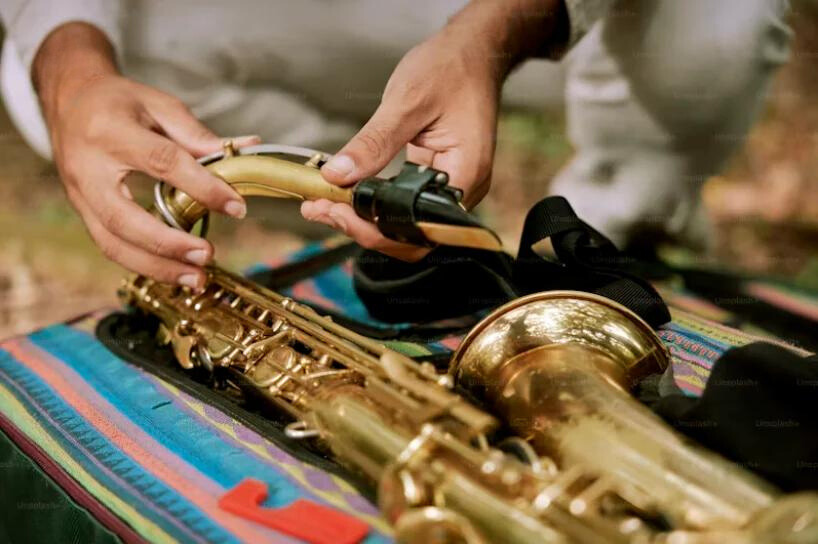The Hazards of Noise in Rock Music
1. Hearing Damage
-
Temporary Threshold Shift (TTS): Short-term exposure to high volumes (e.g., concerts) may cause temporary hearing loss or tinnitus, usually recovering within hours to days.
-
Permanent Threshold Shift (PTS): Repeated long-term exposure (e.g., frequent attendance at loud performances or listening at high volumes with headphones) can lead to irreversible hearing loss, particularly damaging the hair cells in the inner ear.
-
Safety Threshold: The WHO recommends daily environmental noise levels not exceed 85 dB (prolonged exposure beyond 8 hours increases risk). Rock concerts often reach 100–120 dB, where even 15 minutes can cause damage.
2. Psychological and Physiological Effects
-
Stress Response: For some individuals, loud noise may trigger stress reactions, such as anxiety or increased heart rate (depending on personal tolerance).
-
Sleep Disruption: Chronic nighttime exposure to loud rock music may impair sleep quality, indirectly leading to fatigue or weakened immunity.
-
Child Development: Prolonged exposure to high-intensity noise in children may affect language development or cognitive abilities (though rock music is not a primary risk factor).
3. Other Potential Risks
-
Tinnitus: Long-term exposure may cause persistent ringing in the ears.
-
Social Impairment: Excessive reliance on loud music may reduce sensitivity to normal-volume conversations.
How to Reduce Risks?
-
Volume Control: Follow the "60/60 rule" when using headphones (no more than 60% volume for 60 minutes max).
-
Hearing Protection: Wear noise-reducing earplugs at concerts (can lower volume by 15–30 dB).
-
Take Breaks: Step away from loud environments every 15–20 minutes.
-
Hearing Tests: Regular check-ups are advisable for those frequently exposed to loud rock music.







